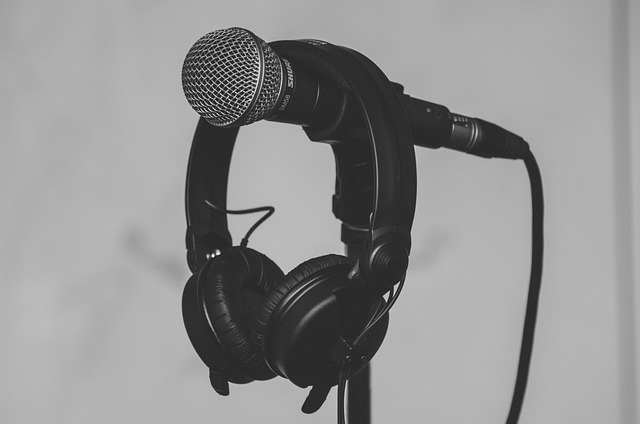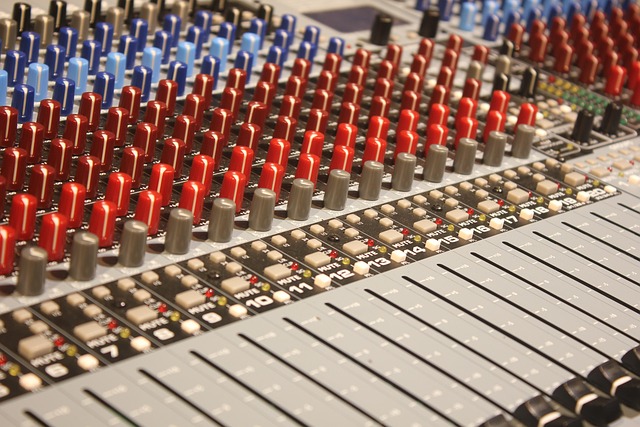Mastering the Art: Essential Tips for Audio Recording Your Next Presentation
When it comes to delivering an impactful presentation, the audio quality can make all the difference. Whether you’re presenting to an online audience or recording for later use, getting the audio just right is essential for keeping your listeners engaged and ensuring your message is communicated clearly. Here are some essential tips to help you master the art of audio recording for your next presentation.
1. Choose the Right Equipment
Your choice of equipment can significantly affect audio quality. Invest in a good quality microphone, preferably a condenser mic for clear voice capture. USB microphones are also great for straightforward setups, especially if you’re recording on a computer. Don’t forget about headphones, which will help you monitor audio levels while recording.
2. Create an Ideal Recording Environment
The environment plays a crucial role in audio clarity. Aim for a quiet space free from background noise. Consider turning off any fans, air conditioners, or other electronic devices that might create distracting sounds. Soft furnishings, like rugs and curtains, can help absorb sound and reduce echoes.
3. Set Up Your Microphone Properly
Placement of your microphone is key to capturing clear audio. Position it close to your mouth—about 6 to 12 inches away—to avoid picking up ambient noise. Make sure to use a pop filter or foam windscreen to prevent plosive sounds that could distort your voice.
4. Conduct a Test Run
Before diving into the final recording, conduct a test to evaluate audio levels. This is your opportunity to adjust the gain and monitor the sound quality. Pay attention to how your voice sounds and whether the recording picks up any unwanted noise. Adjustments made here can save you time and effort later.
5. Speak Clearly and Confidently
Your delivery matters just as much as the technical setup. Speak clearly and at a consistent pace. Practice your presentation multiple times to build confidence, which will naturally improve your vocal delivery. Remember, a confident speaker captivates an audience, even through audio alone!
6. Edit for Clarity
After recording, utilize basic audio editing software to enhance your presentation. Remove long pauses, eliminate background noise, and consider adding an intro or outro for a polished finish. This will make your presentation sound professional and engaging.
7. Get Feedback
Once you’ve completed your audio recording, gather feedback from trusted friends or colleagues. They can offer a fresh perspective on your delivery and audio quality. Constructive criticism will help you improve even further for your next presentation.
By applying these essential tips, you will not only master the technical aspects of audio recording but also enhance the overall impact of your presentation. Remember, good audio quality can transform a simple message into an unforgettable experience for your audience. Happy recording!



